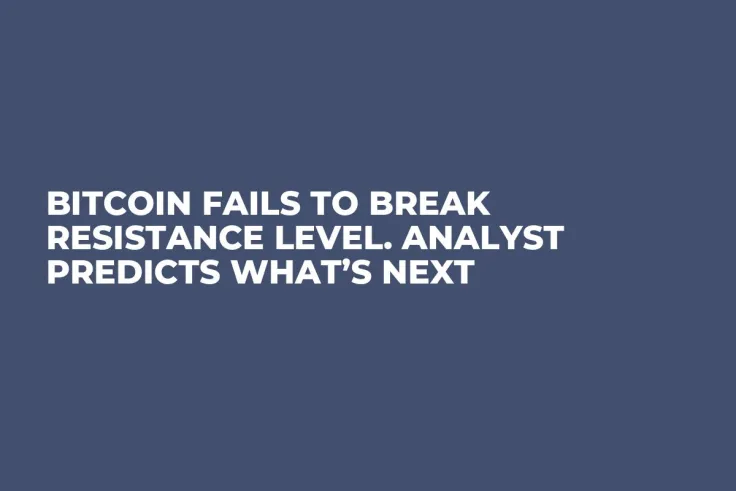
Bitcoin once again struggled to break through its key resistance level in the face of new consumer price index (CPI) data, coiling back to its starting point after nearly breaching the $31,000 mark.
as detailed by Glassnode co-founder Yann Allemann, the quick rise and subsequent fall of the cryptocurrency was driven by carefully placed buy and sell walls designed to limit volatility. The muted reaction of Bitcoin to the CPI data suggests that it may already have priced in the economic indicators.
The Bollinger Bands, a tool used by traders to identify periods of high and low market volatility, tightened to their lowest level since January just before the release of the CPI data. This tightening precipitated an abrupt upward movement in Bitcoin's price. However, this surge was short-lived as buy and sell walls, set up in anticipation of volatility, successfully dampened the expected price fluctuations.
The cryptocurrency market seems to be waiting for fresh capital inflow, signaling a potential stall in Bitcoin's price momentum.
Interestingly, the macroeconomic environment may be tilting in Bitcoin's favor. With annual CPI inflation for June hitting 3%, slightly below the 3.1% market prediction, and core CPI inflation at 4.8%, the Federal Reserve may pivot towards a more dovish monetary policy stance.
This shift, coupled with the US dollar index (DXY) hitting a two-month low of 101.16, could relieve some pressure on Bitcoin and give it the breathing room it needs to climb higher.

 Dan Burgin
Dan Burgin Vladislav Sopov
Vladislav Sopov U.Today Editorial Team
U.Today Editorial Team